Ion Ludwig: The Search Continues
One of the scene's most elusive characters sits down to share his story.
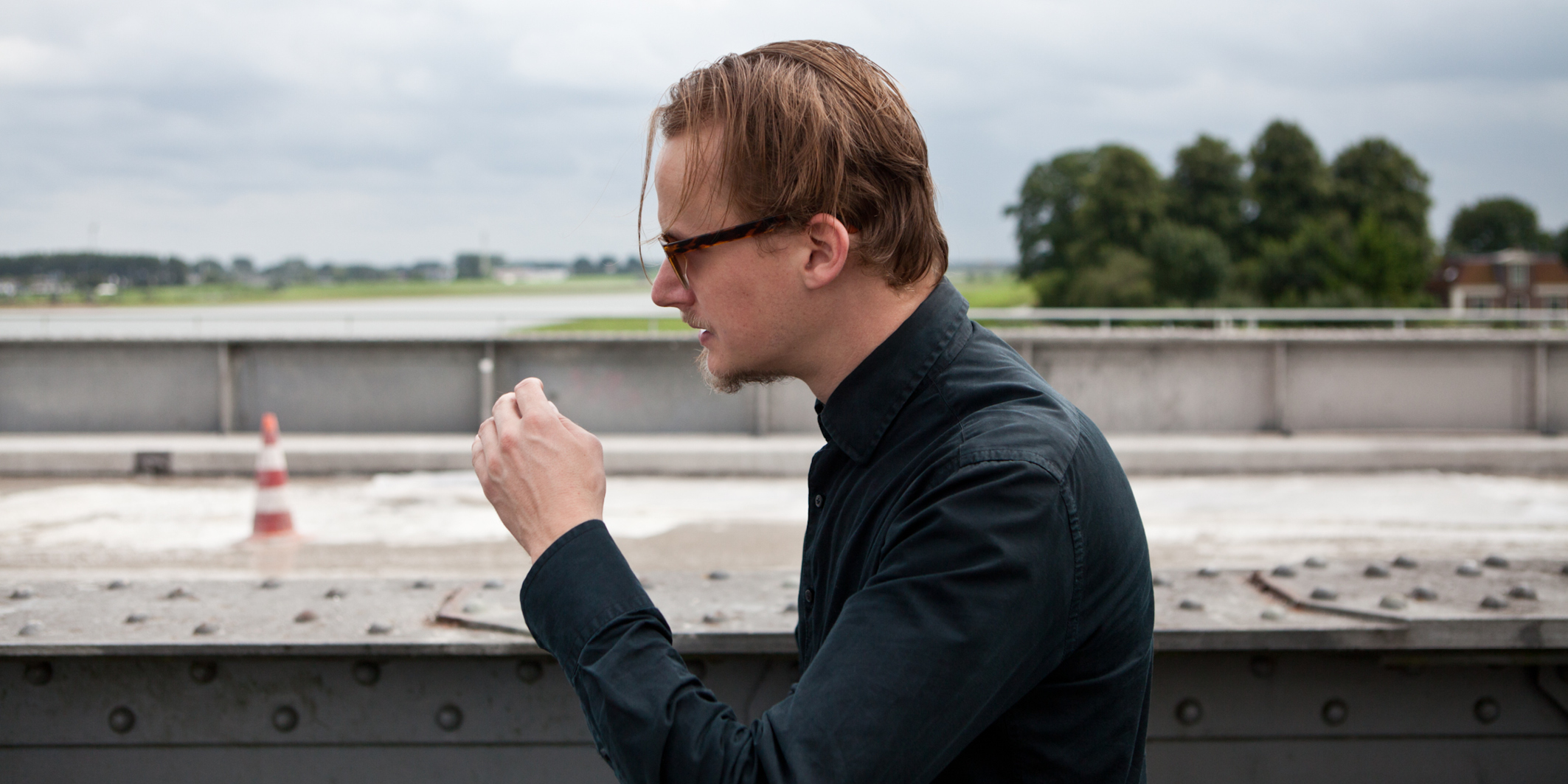
Ion Ludwig: The Search Continues
One of the scene's most elusive characters sits down to share his story.
From Berlin’s Club der Visionaere to a historical Dutch city on the banks of the River IJssel, one of the scene’s most admired yet enigmatic characters sits down to tell William Ralston his story.
Deventer is not a place that harbours strong ties to club culture. Located just under two hours drive from Amsterdam’s center, the historic Dutch city is seldom short of folk from the nation’s capital and beyond—but the preeminent appeal lies in its rich architectural and culinary offerings rather than anything musical. Koos Ludwig, in a sense, represents an exception.
Ludwig, now 31, has been producing electronic music for over a decade. His first releases were rolled out as Johnatan Traffic; since then, he’s been working almost exclusively as Ion Ludwig, a production alias that first appeared in 2006 with a release on Alphahouse. But it hasn’t always been straightforward: his move back home to Deventer, one that saw him leave behind Berlin’s well-trodden dancefloors on the back of four arduous years, was prompted by his own development, although he confesses to being incognizant of this when the decision was made. “I really needed space between me and the scene,” he explains. “I was too close to what I was actually trying to achieve.” It is a decision that he now credits as one of the most defining of a distinguished career.
Pinning the Dutch artist down is no easy task. Still today, with over 30 EPs and three full-lengths to his name, details about him remain scarce. Yet he is revered by those who pursue similar soundscapes, an abiding luminary for those in the know. During last year’s investigation into the Romanian scene, almost every artist cited Ludwig’s work as an inspiration in theirs. At Sunwaves in May, his three-hour live set was a peak-time highlight in a weekend that boasted too many special moments to list. It was there, too, that I heard a rumour that Rhadoo once played a three-hour set using only Ludwig’s unreleased productions. True or not, this is how highly Ludwig is regarded. Much of this mystery is down to his reluctance to self-promote, itself founded upon a craving for linearity in his development. Indeed, this is Ludwig’s only face-to-face interview to date, the first time he’s agreed to go on record to tell his tale in any detail.
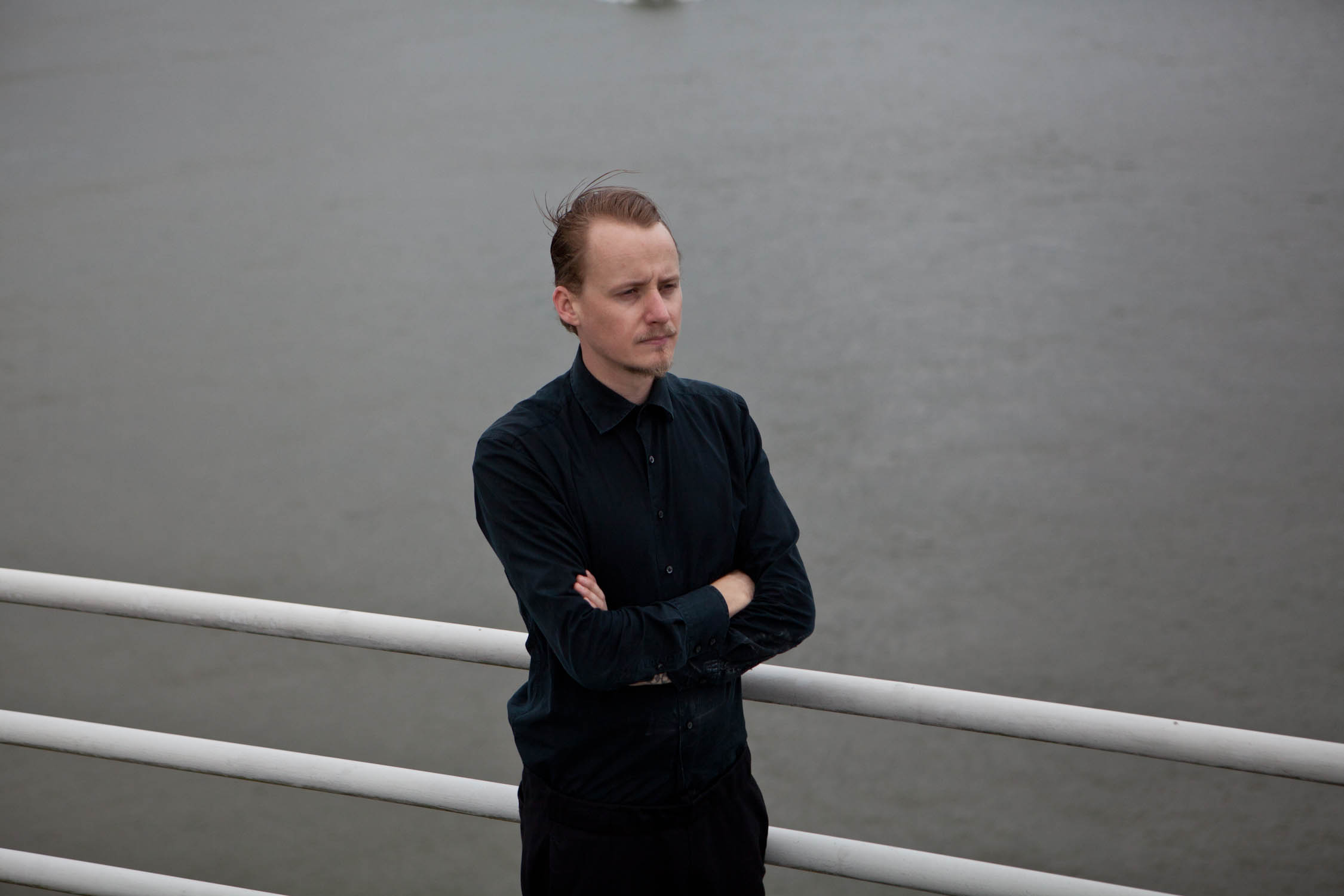
The youngest child in a family of five, Ludwig’s musical story began with weekly xylophone lessons at the age of nine. At the time, his family was based in Kring van Dorth (meaning Circle Of Dorth), a small Dutch settlement from which his 2006 sophomore EP found its name. Earlier years had been spent in Vinkenbuurt, a provincial town located 40km North-East of Deventer’s center—where Ludwig and his family now call home. Such isolation restricted the breadth of his musical knowledge to the contents of his family’s record collection; it wasn’t until after his 14th birthday that he discovered techno after stumbling upon his sister’s “hardstyle” CDs. “I was listening to all kinds of stuff—that’s what first shaped me and gave me my feeling,” he explains. This education was complimented by classes in Spanish acoustic and electric guitar. He also states an interest in percussion and african drums.
Naturally inquisitive, Ludwig spent the ensuing few years exploring these newfound realms, attending parties and digging online, before he first tried his hand at production in the summer of 2003—at the age of 17. “I had a feeling that I could make the music that I was being grabbed by,” he recalls. Initial work was conducted on a “cracked” version of Reason 1.0—“It was nothing professional—I had no idea, no direction,” Ludwig laughs. “I didn’t know what an 808 or 909 was, I just found folders of these Roland sounds among all kinds of different drum samples.” It was with this setup that he completed his first productions, several of which he sent out to various imprints. “I just researched all the different techno labels and sent them there,” he recalls. Two of these tracks found their way on to various artist compilations—one initiated by the Dutch Pop Institute in late 2004; the other in 2005 on Mark Henning and Alex Stephen’s Clevermusic Netlabel.
By this point, Ludwig’s studies in Media & Entertainment Management had taken him North to Leeuwarden—the beginning of what proved to be a formative two-year period. “This is when I really began producing—all day and night,” he explains. An exposure to a wider range of sounds naturally shaped his own: shifting away from the “hard and fast” style of his initial productions, a brief “fixation” for “loopy uptempo techno” was replaced when an encounter with Ricardo Villalobos’ “Dexter” changed his “entire perception of what techno music is.” It is here that the original blueprints for his crooked and intricate style were first drawn up. “I just began searching for different sounding electronic music,” he says. By June 2006, now living in Amsterdam, he had released his first solo EP, a three-tracker as Ion Ludwig—his first appearance under this alias.
And soon thereafter came Berlin. The initial move, preceded by this 12-month spell in the Dutch capital, was advocated as the final year of his university course; the ensuing three-year post-graduation extension was not. It was another stage, he explains, that had a “huge impact” on his musical tastes, in part inspired by his living situation and many hours spent in and around the city’s clubs. “It was only natural that it coloured my inspirations,” he continues, referring specifically to the “techno building” in which he resided following the completion of his studies.
The result was a more stripped back, minimal sound. Scan through the early releases of this period and it’s actually possible to see this progression: the music becomes melodramatic and dark; each release more tainted and twisted than anything that preceded it. “My music became even more abstract and trippy,” Ludwig recalls. “I wasn’t really thinking about it. It was just an influence of what was going on around me.” Check out “Barenreiter Uhr,” “Q Of Munich” or “Love And Koko” for cases in point. “My music is always going to be 4/4 because I am not a breakbeat guy—but within that I want it to be as loose and as crooked as possible.” Many would deem this a byproduct of his affection for techno and childhood appreciation for complex rhythm structures.
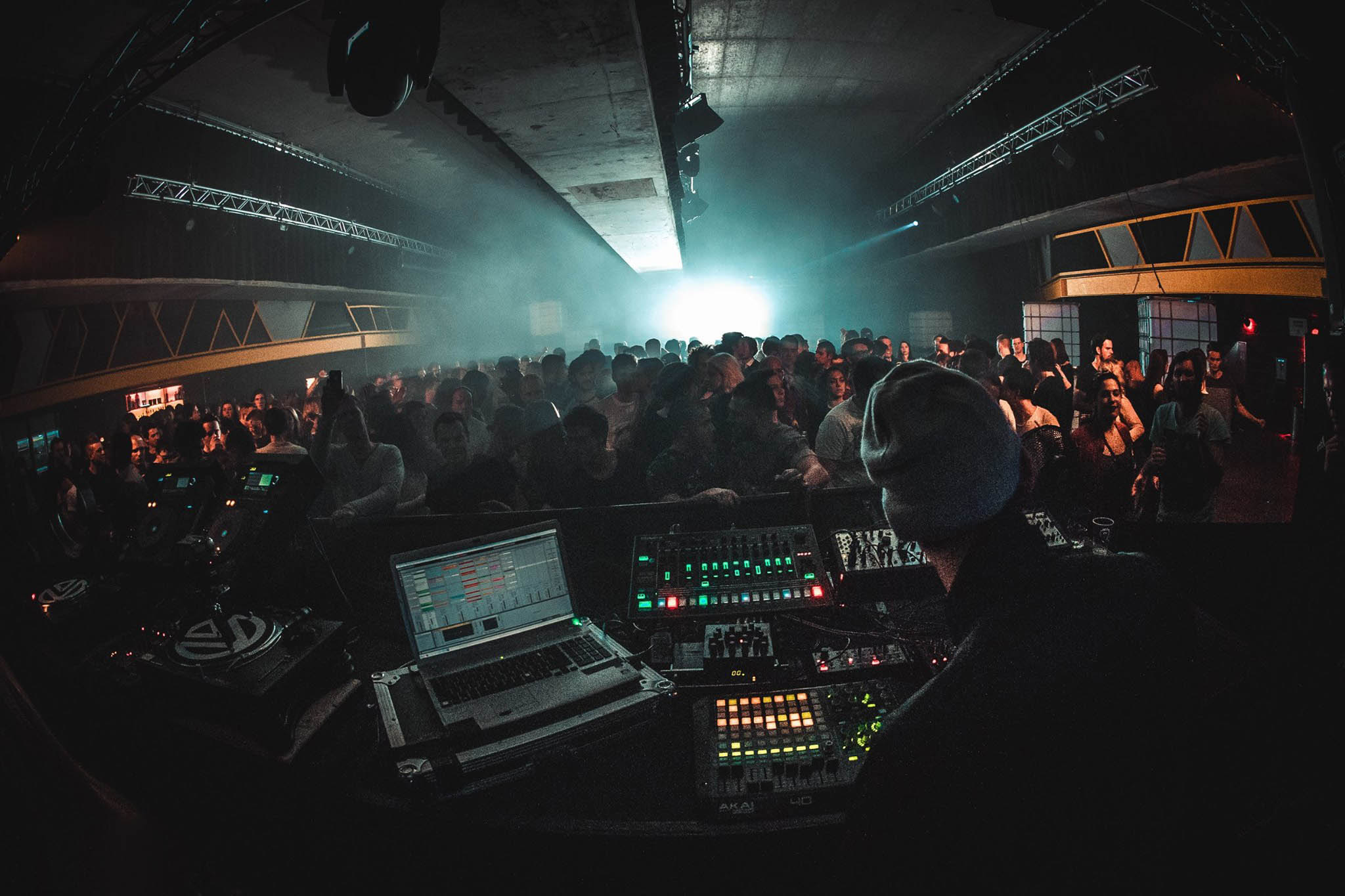
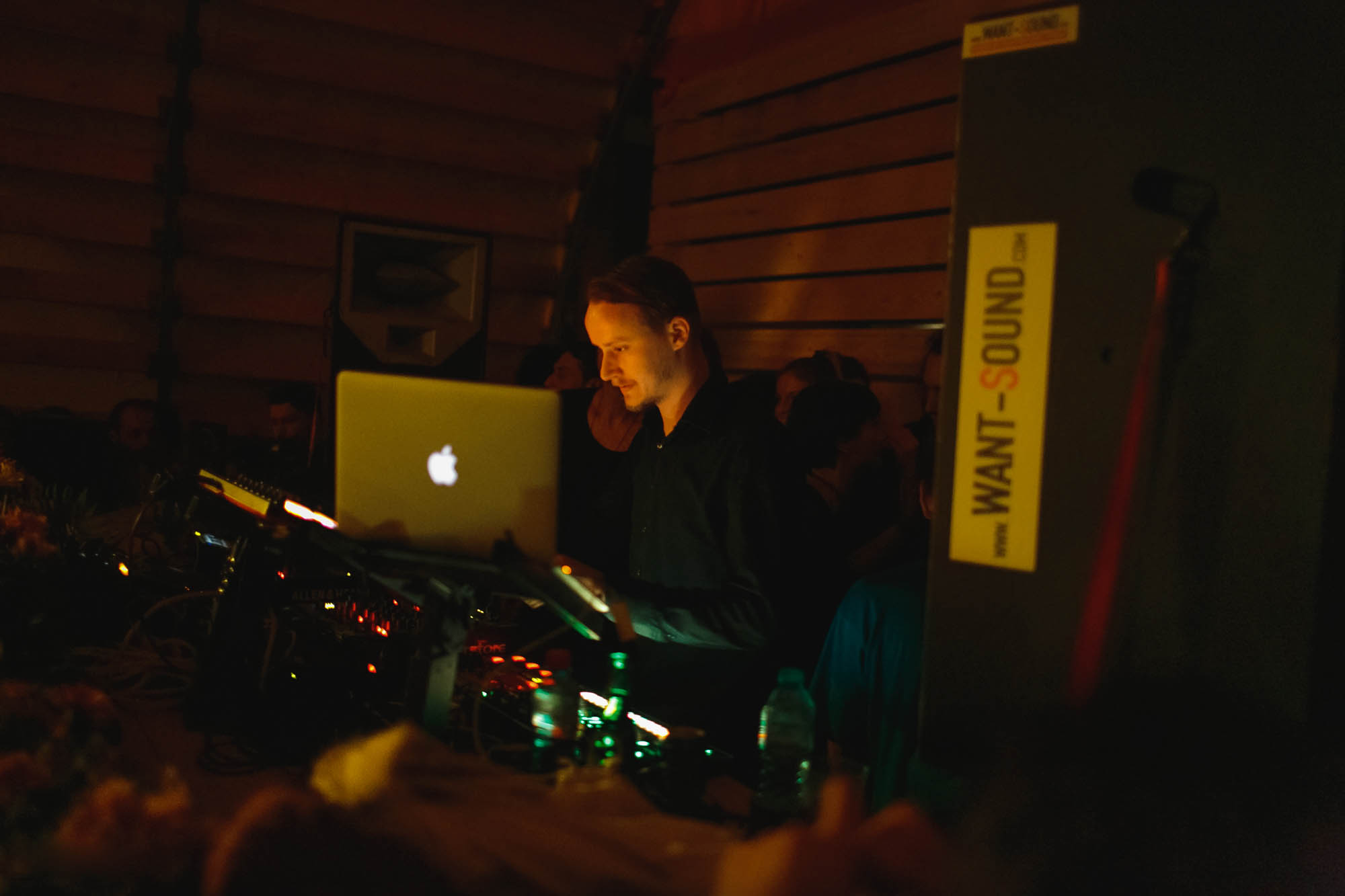
It was around this time, too, that Ludwig began sharing his live set, an endeavour driven by two things: a comfort in producing music and a dissatisfaction with the rigidity of records. “It [playing live] always made the most sense to me because I was spending all my time in the studio,” he recalls. DJing is a skill in which he is more than proficient but he can only be found playing live today. “With a record you can’t change mixes or arrangements; you can fade it in and out and EQ, but you can’t change the basic structure,” he explains. “So performing as a DJ has never appealed to me.” This, he adds, stems from his early years learning guitar: “Playing acoustic is the most control you can have within live music.” He also feels that DJing would prevent him from producing “in a way that nobody has produced before.” After all, development of a live set and studio proficiency are inextricably linked.
“The first few years were extremely tough, I wasn’t able to build up anything. I had periods where I just wasn’t playing at all so it was difficult to survive from the music.”
Having debuted a live set, using just a computer and controller, at Club11 during 2005’s Amsterdam Dance Event, Ludwig arrived in Berlin with hopes of sharing it with wider audiences—but bookings were not quick to present themselves. “The first few years were extremely tough, I wasn’t able to build up anything,” he recalls. “I had periods where I just wasn’t playing at all so it was difficult to survive from the music.” This did, however, afford him plenty of time to refine his studio sound: “All I did was produce tracks and sleep,” he adds. Indeed, his time in Berlin was as fruitful as it was impactful: over 12 EPs and two full-lengths owe themselves to the city.
It wasn’t until the summer of 2009 that Ludwig’s fortunes showed signs of change. A long-awaited invitation into the “then closed” Club Der Visionaere (CDV) crowd offered him a sense of belonging in the city—it was, he explained, the “ultimate club to express his musical language.” A cast of like-minded figures inspired studio progress: it was through Ricardo that he learned the existence of modular synthesis, the heart of his whole operation today. Repeat performances at CDV, Watergate and Weekend Club also allowed him to to shape his live set; his setup became increasingly hardware-focused, incorporating various Korg Electribes, Vermona Drum and virtual-analog synths. “Artists need to be playing if they are to grow—that’s really important,” he stresses. Still, the decision was made to leave Berlin later that same year, just as the seeds of success were beginning to flower.
“In Berlin the things I wanted to achieve had already been done by people—and while there were a lot of artists I admired I didn’t want to just follow one of these same routes.”
The motivations behind this move were not easy to discern: “I just had a feeling,” Ludwig explains. It was a decision that he confesses to have doubted, but one that he now perceives as formative. “Autonomy,” he says, pressed to elaborate. “In Berlin the things I wanted to achieve had already been done by people—and while there were a lot of artists I admired I didn’t want to just follow one of these same routes.” Production, he explains, is something personal to him, and Berlin’s freedoms—the “possibility of hopping on a bike and heading to Berghain or CDV”— distracted him from his own ambitions. “I was searching so badly for something but I could never find it because of the continuous input you have in a city like that,” he continues. “I was young and just wasn’t doing what I was capable of. It wasn’t the right place for me in the long term.” However, it wasn’t until late 2012 that this all became clear— around the time that he began to reap the benefits of his relocation.
Ludwig’s 2010 release of Free K. Loudwiggle served as a “roundup” for his time in Berlin. All 13 tracks were produced in the city before being mixed-down and mastered over a two-month period in a temporary studio at his mother’s place in Kring van Dorth. Limited to just 200 pressings, each one came with its own unique artwork, manually designed and hand stamped as one final artistic statement from this period. “I had made a lot of music of the same style and I wanted to cumulate my strongest feelings [of Berlin] in one package,” he explains. It was here, too, that the decision was made to close Quagmire, the label he had founded in 2006 to house his “special” productions and those of his close friends.
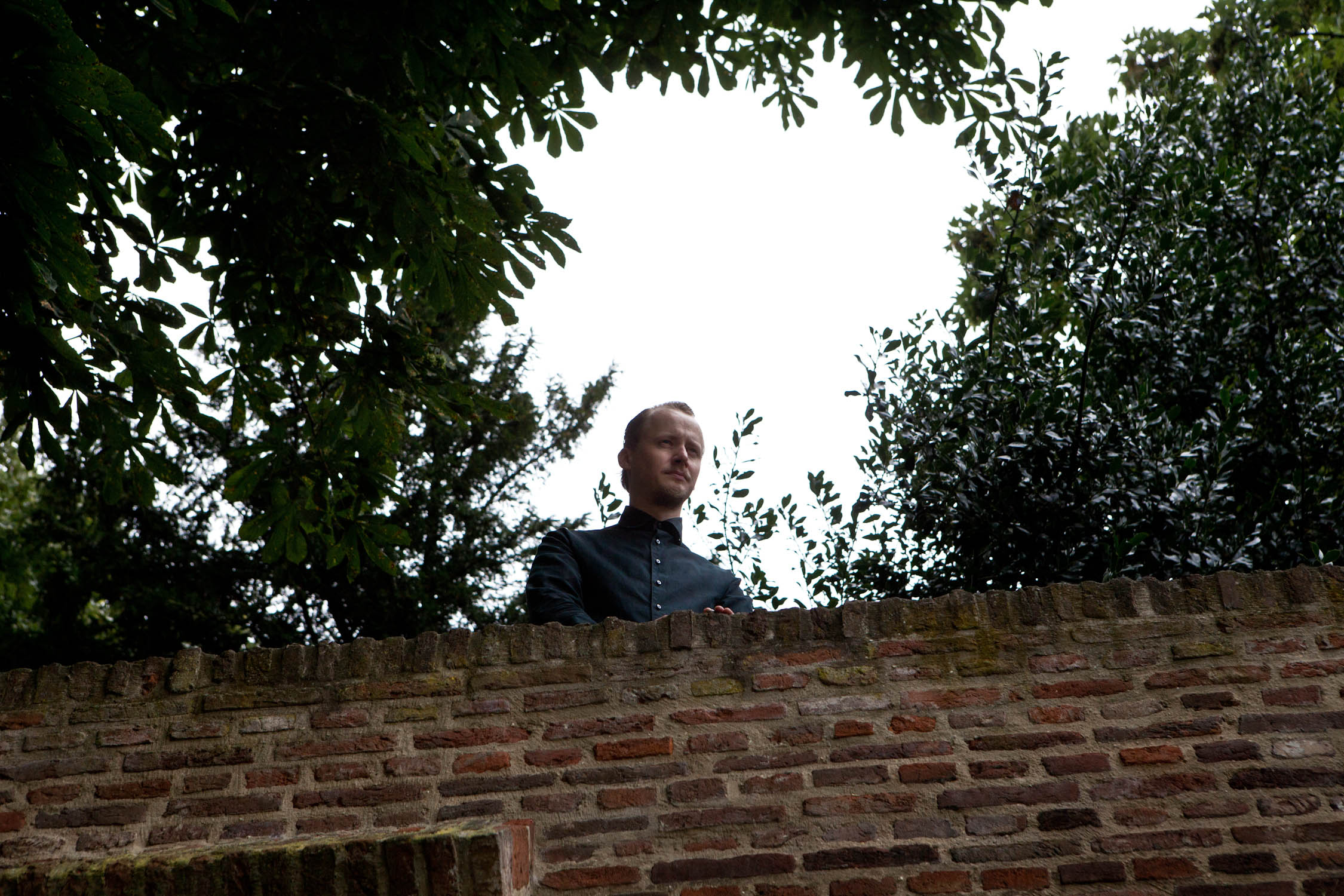
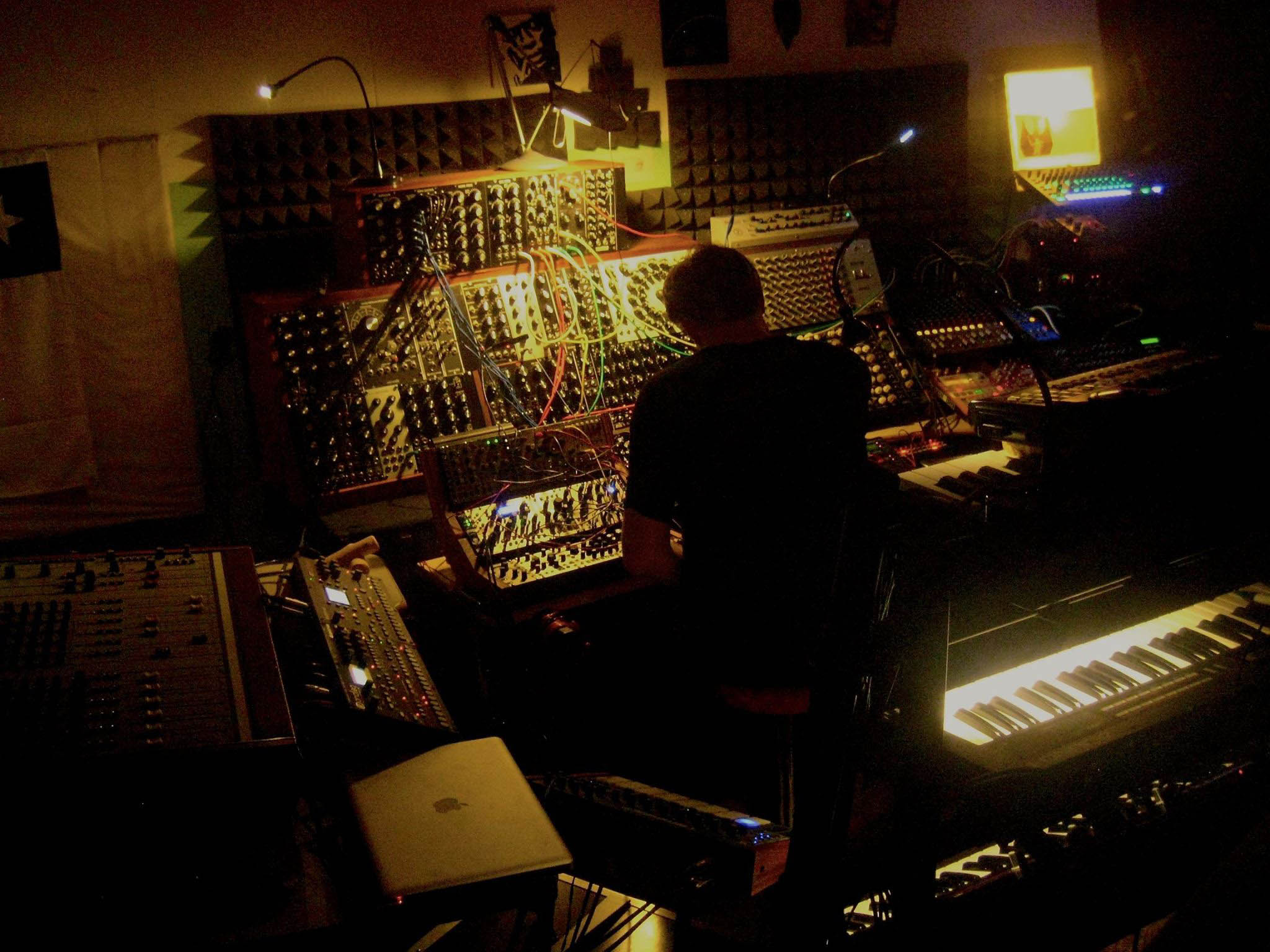
Having settled back in Holland, Ludwig’s task wasn’t going to get any easier. An absence of bookings saw him leave Solid AM, his agency at the time—though he did eventually sign with Vassallo Bookings at the end of 2010—triggering a period of self-reflection during which he doubted his future as a musician. “These were the lowest years,” he reflects. And the troubles, too, were felt in the studio: a lack of clarity in the sound he wished to pursue hindered his progress further. “I realised that I had been so influenced [in Berlin] and just had no idea what music I wanted to make,” he says. The decision was then made to pursue “warmer” sounds— something he “had never allowed himself to make” previously.
This was, he continues, the logical move given the situation at the time. Although represented by a “grounded” crew of artists, most notably those affiliates of Perlon, interest in the minimal sound was fading out across Europe. On home turf this was replaced with deep house, the growth of which infected the music Ludwig was making—an irony given that he moved there to quell these outside influences. Symbolic of this were a series of house-focused releases, including a two-tracker on Baby Ford’s Trelik—an imprint with deeper ties to the sub-genre than its founder. “It was another important release for me,” Ludwig reflects. Indeed, it was a moment that pushed Ludwig’s work much towards the spotlight.
“In Holland I realised that I could make minimal music; it became clear to me that this sound was what I wanted to do.”
The next turning point came in late 2012, Ludwig says, pointing specifically to the start of his Ugold Series label. “In Holland I realised that I could make minimal music; it became clear to me that this sound was what I wanted to do.” Blissfully ignorant to all outside noise, Ludwig began making “a minimal form of dub techno,” a breed that was more stripped back than anything that had previously left the doors of his studio. The first product of this was “SOS Tribute,” a landmark release that sits amongst Ludwig’s finest to date. “An artist needs recognition more than anything else,” he says, referring specifically to the vindication gained by the track’s widespread success.
Bookings picked up soon thereafter—in part owed to this shift but also a spiritual passing. “I’ve always been focused on the Mayan prophecy that the world was due to end on December 21, 2012—and I felt a mentality switch as soon as this time had passed,” Ludwig reveals. The only other change was one of functionality: “People in clubs just want to dance, so I reduced the complexity of the music in my sets,” he says. “I learned how to make functional techno—how to use claps, snares percussion lines, hi hats; and how bass lines should be played.” By November 2013 he had started to tour regularly having signed to London’s prestigious Toi Toi agency.
By no means has it been straightforward, but Ludwig stresses that the set he presents today would not be possible without these challenging times. “The level of control [in production] that I have now is so much greater than what I had 10 years ago,” he explains. “It’s taken me years to reach the level of security I am at now.” In this sense, it’s best not to look at those times before 2012 as errors of judgement; rather, he says, they were important periods of growth. “All that time is now paying off. I had to learn these lessons.” Much of this work was done on the technicalities of the set itself, but it is his skills in the studio that form the foundation to all of his achievements. “It is my ability to make music on the spot that allows me to play live,” he says.
To understand this, it is necessary to dig a little into his processes. Ludwig is a self-professed “studio obsessive”; he says that it is only his family commitments that limit the number of days he can spend 10-12 hours in his studio. “I still feel a big drive to make music,” he adds. Production has been his “therapy,” he continues, since the age of 17; before then, drawing was his only creative outlet. “My focus naturally shifted from my eye to my ear,” he says, “because I began using as many senses as possible to enjoy life and art.” This, he continues, is an interesting development given that it happened at a time when the general public and media began to place greater emphasis on imagery—“focusing on the eye rather than the ear,” says Ludwig. He adds that he sees his future in a “combination” of these two senses, pointing to the recent video for his Ugold Series V release as an example.
Of course, spending such lengthy periods in the studio both refines your processes and generates a tremendous quantity of material. Indeed, Ludwig explains that he already has “enough music stored to release for the rest of his life.” All of these works are saved on various hard drives and then either distributed when a competent label comes calling—“I never send my music out,” he says—or put aside as another “building block” for his live set. In a regular performance of two hours, there is only “one moment” where he will play released music for everyone to recognise.
It is best thought of as a “big puzzle,” he says. “I have all these parts and I can put them together in various different ways.” In this sense, it’s much like a DJ set, only with more material to choose from, all of which is self-produced—besides some sound samples that have “caught” him over the years. The secret, he adds, is “quality in quantity”: each track, or stem, offers him a number of new options. He starts each set with all his material loaded into Ableton—but the contents of this project will be continually evolving: older stems, parts and tracks will move to the bottom as newer material is added to the top. It is this constant flow of new music that allows him to play regular three-hour live shows without them becoming repetitive, just like a DJ will always add new records to his or her collection. At the time of speaking, his studio—formerly titled ‘Ion’s Inn’—is being rebuilt and has been out of action for over two months meaning he has had to look for new combinations with the existing material. In addition to this, he produces music on the spot using the modular system and synthesisers. “Techno is about finding unique structures,” he explains. “The best way for me to make people dance is by making different, interesting blends.”

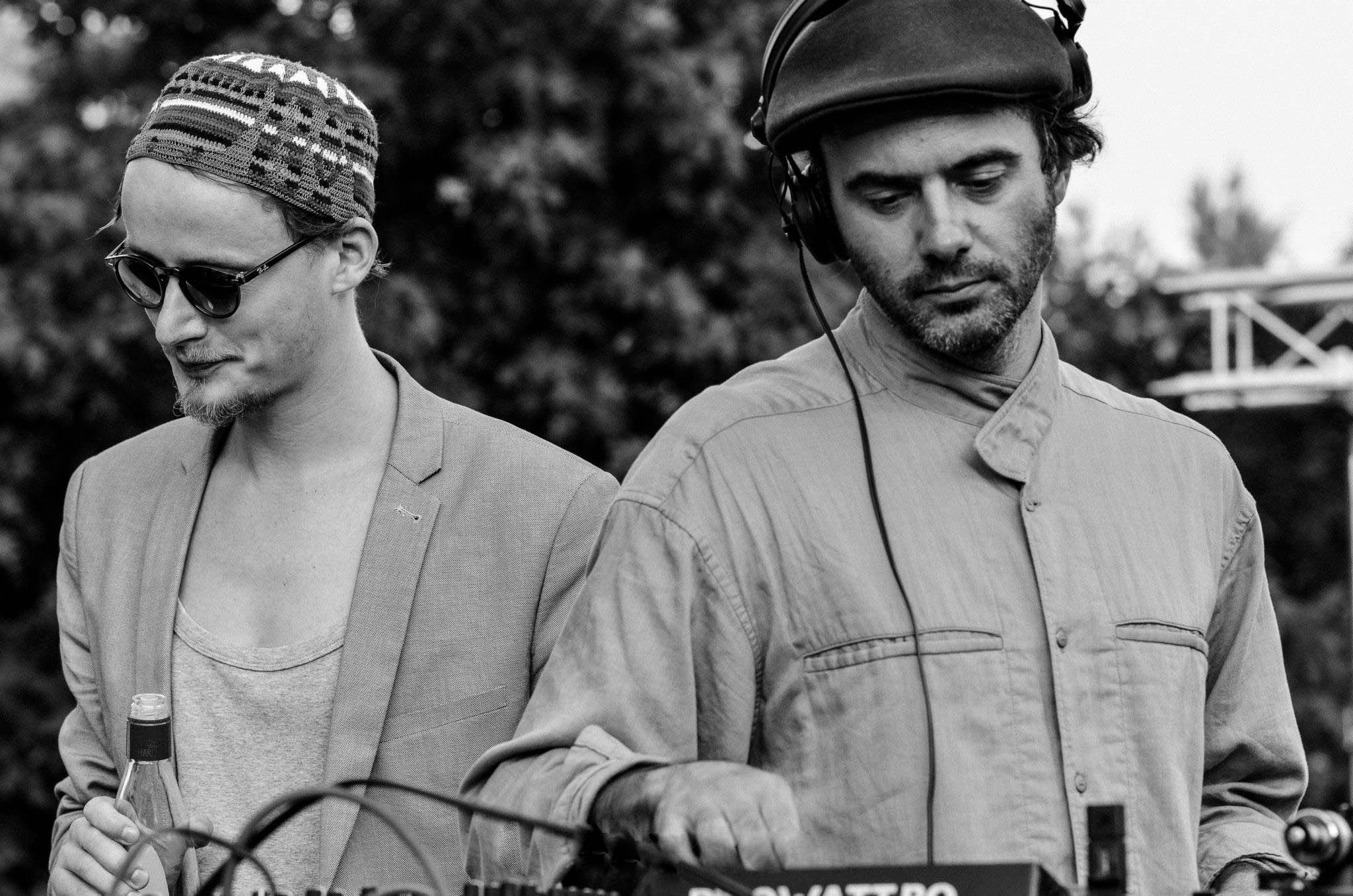
‘Search’ is a word that crops up several times in the conversations. Ludwig’s drive, as with many likeminded artists, lies in continually looking for new ways in which to better express himself in his “musical language,” be it on stage or in the studio. Short term objectives now include the completion of another conceptual album and the advancement of his live set to a point where he does not rely on a computer. “I want to become more conceptual with my setup,” he says. In the longer term, he reveals an interest in composing music—but this is expected to come following a sabbatical in which he takes some time to reevaluate his artistic goals. “The sabbatical year comes from the creative sector,” he says, smiling. “It comes every seven years in high and low tides: my high cycle started in 2012 so I will look to take a break in 2019.” Until then, however, the search continues.
______________________
Deventer/Nature Photos: Michael Rhebergen
Club Photos: Solovov Photography

